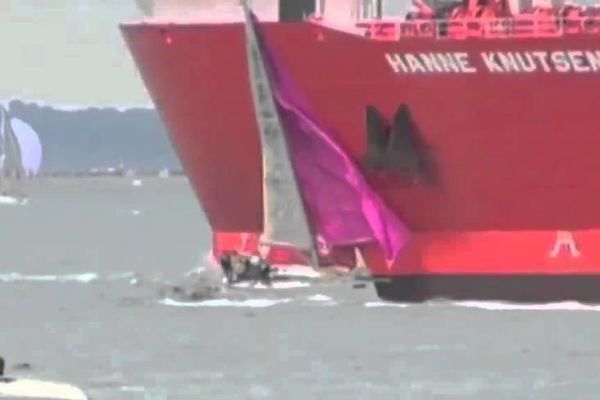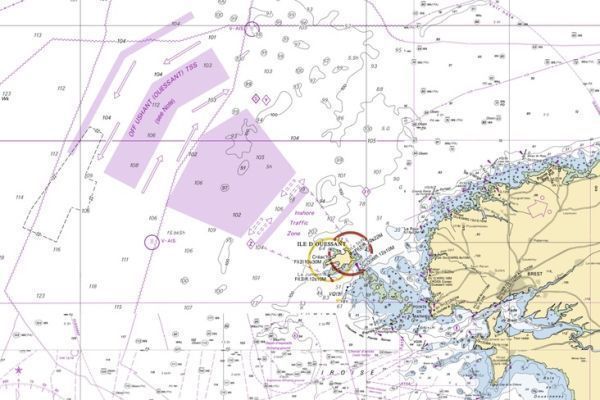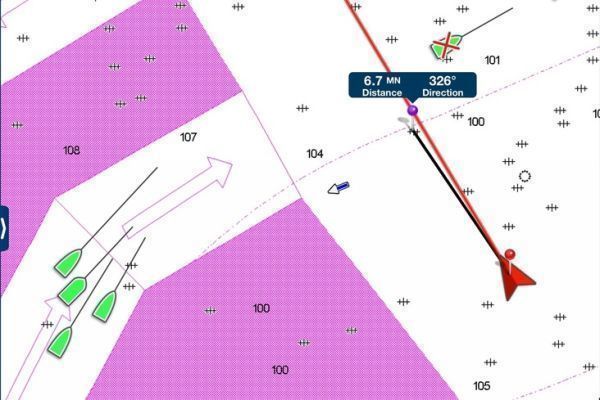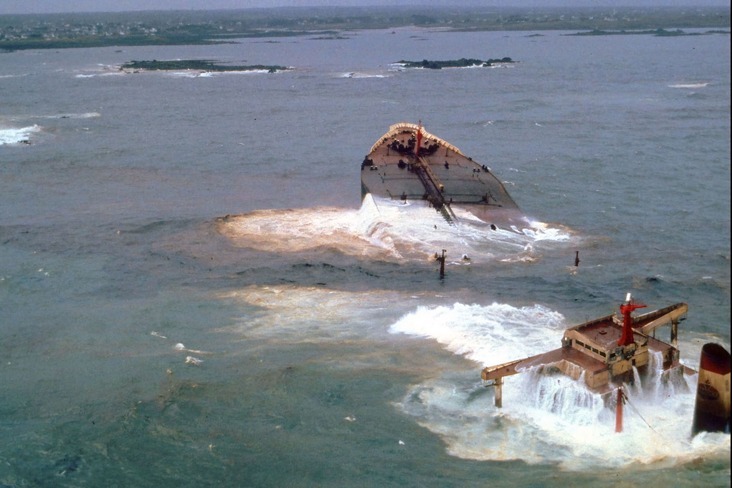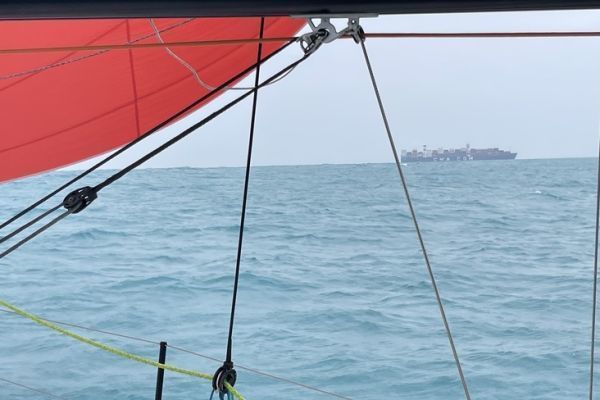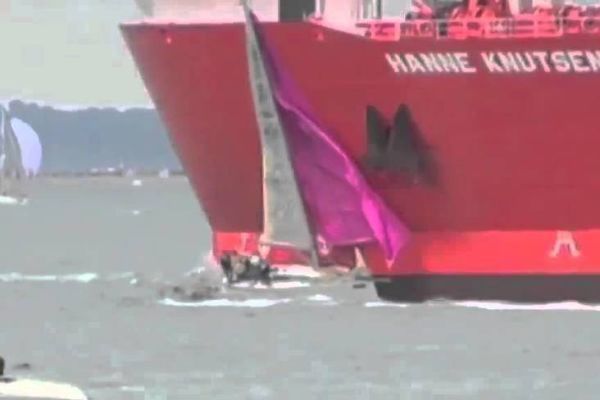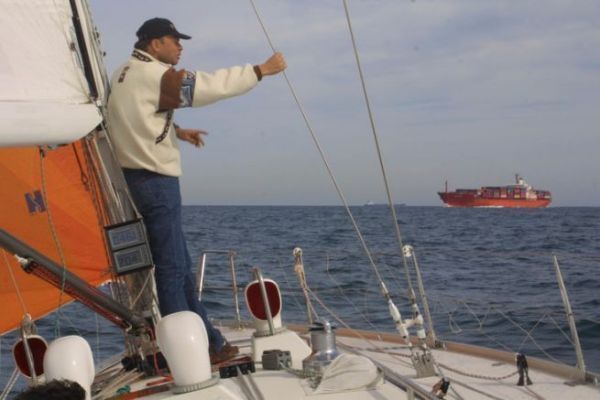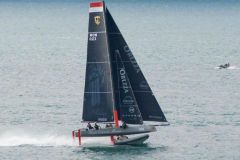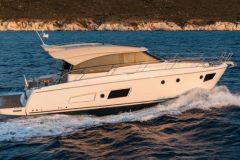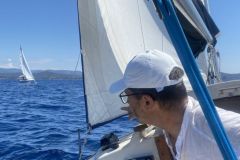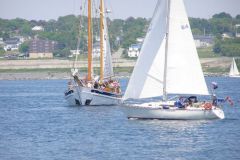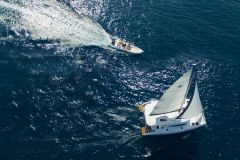Safety and good manners
Cruising a commercial vessel is not without risk for a yachtsman. Indeed, the characteristics of these ships make them difficult to assess. Firstly, their large size can be misleading: with no other visual reference than the sea, it is sometimes difficult to grasp distances. Secondly, their speed, not always perceptible at a glance, means that the time taken to approach them can be extremely short. These risks are all the greater in dense maritime traffic and poor weather conditions.
This type of crossing is not only a question of safety, but also one of responsibility, civic-mindedness or courtesy, as the case may be. A commercial or fishing vessel is not there for leisure, but for work. Even on a sailboat that is privileged within the meaning of RIPAM, it is preferable to avoid hindering or delaying it in its mission, which could have significant economic or environmental repercussions.
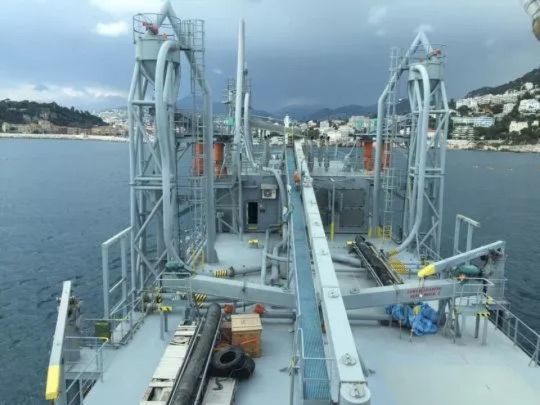
Reduced visibility: the zone of invisibility.
Depending on the boat and the helmsman's position, his view of the water varies. It's important to understand that the vision of a commercial pilot is limited, with a large zone of invisibility.
The zone of invisibility on a boat is the area where the boat cannot see other boats ahead or behind it. This danger zone depends on the height of the cockpit and the length of the boat. The higher and longer the boat, the greater the zone of invisibility. It corresponds to a right-angled triangle whose side is the height of the boat above the water. The length of this triangle depends on the pilot's angle of vision from the cockpit.

Low maneuverability and high wander.
A merchant ship can have low maneuverability and high inertia. It needs a lot of space and time to perform a maneuver. It cannot stop immediately or turn around easily. It also has great inertia, i.e. a long response time to helm movements. This means they cannot easily avoid an obstacle or another boat in their path. Finally, some vessels are constrained by their deep draught or reduced maneuvering capacity, giving them priority over other boats.
Safe crossing
Two boats heading towards each other have a high closing speed, especially between a yachtsman and a commercial vessel. Reaction time is reduced. They must therefore take steps to avoid collision.
RIPAM lays down specific rules for crossing situations, depending on the type of vessel and its ability to maneuver, whether free or restricted. When confronted with a vessel with restricted maneuvering capacity, it is advisable to avoid crossing by the bow, but rather by the stern, by clearly communicating one's intentions. This means choosing a clear, predictable trajectory and avoiding sudden or late changes in course or speed.
Avoid getting too close to the ship, and keep a safe distance from the merchant vessel when passing. These vessels displace a large quantity of water as they move forward, creating a powerful wake behind them. This wake can have detrimental effects on nearby vessels. It can draw them towards the ship through a suction effect, or repel them violently through an overpressure effect.
It is also essential to maintain a constant and attentive watch, both visually and audibly, and with on-board instruments (radar, VHF, AIS, etc.) to spot ships on the horizon in order to identify their course and speed, and estimate their distance and approach time.
Finally, good communication can avoid many problems. Don't hesitate to contact the ship to announce your presence, your intention or to present the maneuver. You can also ask for agreement or advice...
